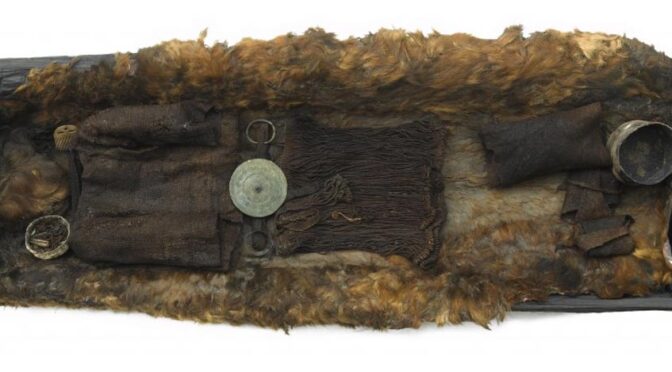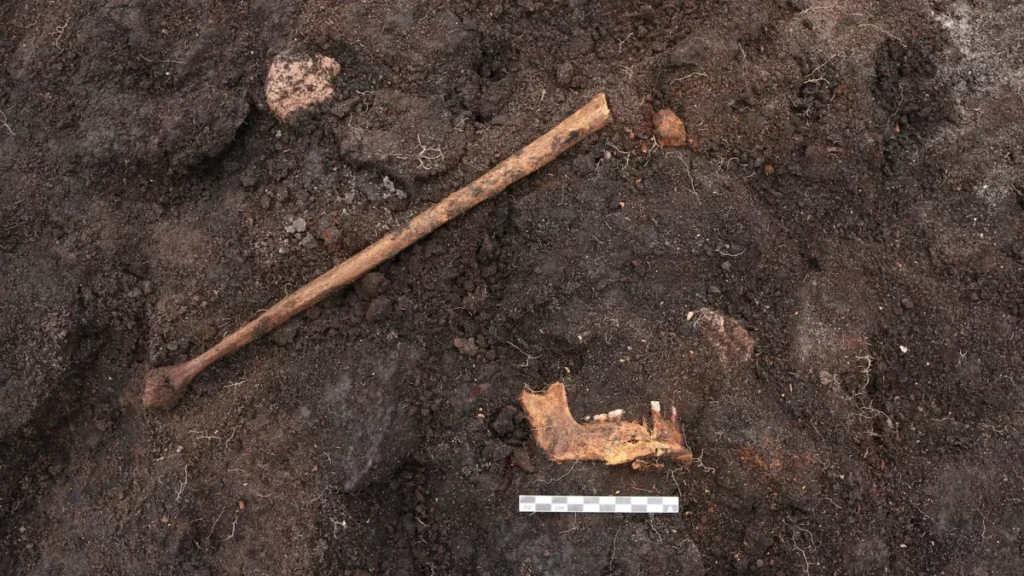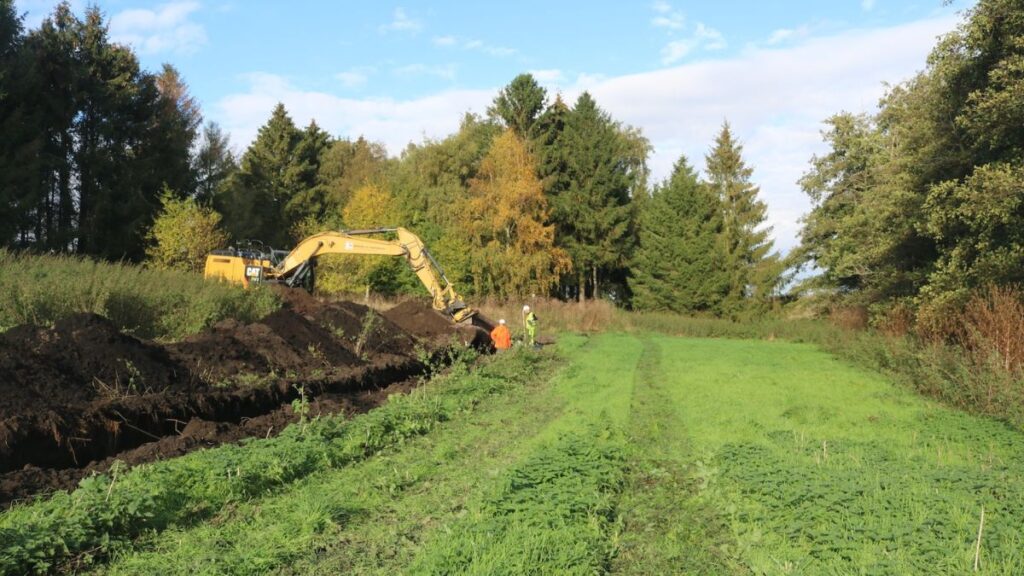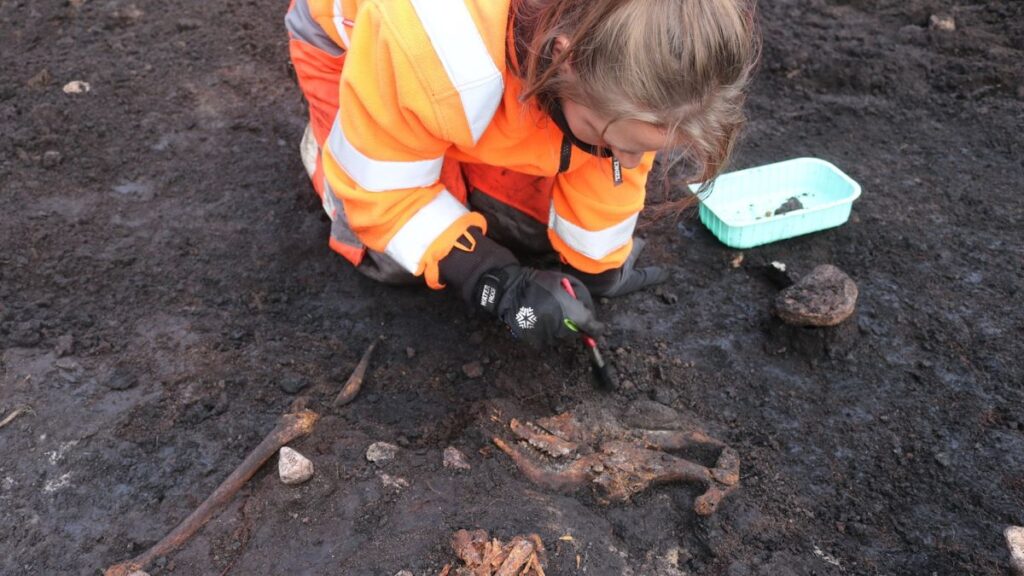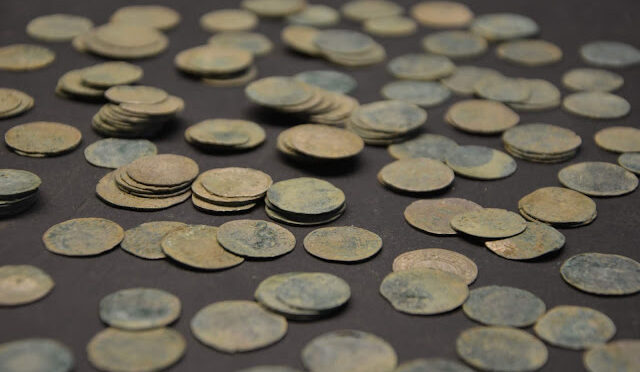The Surprising and Iconic Bronze Age Egtved Girl: Teenage Remains Tell a Story of Trade and Travel
One of the best-known Danish Bronze Age burials, the well preserved Egtved Girl was found in a barrow in 1921. Her woolen clothing, hair, and nails were perfectly preserved, but all her bones were missing. Scientists studying the ancient teenager’s remains in 2015 made the surprising discovery that the Egtved Girl traveled great distances before her death, and wasn’t from Denmark at all.
A study published in the journal Nature details the results of modern tests done by scientists. Strontium isotope analysis on Egtved Girl’s molar, hair, and fingernails, combined with examination of her distinctive woolen clothing, have revealed she was born and raised hundreds of miles from her burial site in Egtved, in modern Denmark.
Findings show she likely came from The Black Forest of South West Germany, and she traveled between the two locations via ship frequently in the last two years of her life.
The Egtved Girl
According to LiveScience, the Egtved Girl’s oak coffin was uncovered in 1921 from a Bronze Age archaeological site near Egtved, Denmark. The grave was found within a burial mound of dense peat bog, and has been dated to 1370 BC.

Inside the coffin, the 16 to 18-year-old girl was buried. She is believed to have been of high status. The teenager had been laid on an ox hide and covered by a rough woolen blanket. The contours of where her dead body had lain are still visible, pressed into the ox hide beneath her.
She was of slim build, with mid-length blonde hair, and her clothing—a short string skirt and small, midriff-baring, sleeved top—caused a sensation when revealed in the 20s. Around her waist she had worn a large, spiked bronze disc decorated with spirals. Even now people recreate the stylish Bronze Age fashion .
Other grave goods included bronze pins, a sewing awl, and a hair net. Local flowers decorated the top of the coffin (indicating a summertime burial), as did a small bucket of beer made of honey, wheat, and cowberries.

Another body was found with Egtved Girl in her coffin. Ashes and bones comprised the cremated remains of a small child recovered near Egtved Girl’s head. The identity of the child, who was about five or six years old when he or she died, is not known. No DNA could be recovered from either sets of remains, so their relationship is a mystery.
Well-Preserved Remains
Scientists found that the soil composition of the grave worked as a microclimate, preserving some items and destroying others. Rainwater seeped in to the hollowed-out, oak-trunk coffin, but it was starved of oxygen. These conditions decayed the bones completely away, but left behind excellently-preserved fingernails, hair, scalp, a small part of her brain, and clothing.
Senior researcher Karin Margarita Frei, from the National Museum of Denmark and Centre for Textile Research at the University of Copenhagen analyzed the Bronze Age girl’s remains, according to Science Daily .

Trade and Travel
Analysis of the high-status teenager’s remains, as well as the cremated bones of the young child, showed that the pair had spent much of their lives in a distant land, thought to be Schwarzwald (the Black Forest) in Germany.
“If we consider the last two years of the girl’s life, we can see that, 13 to 15 months before her death, she stayed in a place with a strontium isotope signature very similar to the one that characterizes the area where she was born.
Then she moved to an area that may well have been Jutland. After a period of c. 9 to 10 months there, she went back to the region she originally came from and stayed there for four to six months before she travelled to her final resting place, Egtved. Neither her hair nor her thumb nail contains a strontium isotopic signatures which indicates that she returned to Scandinavia until very shortly before she died.
As an area’s strontium isotopic signature is only detectable in human hair and nails after a month, she must have come to ‘Denmark’ and ‘Egtved’ about a month before she passed away,” Karin Margarita Frei told Science Daily.

This movement makes sense to researchers. Kristian Kristiansen of the University of Gothenburg told Science Daily, “In Bronze Age Western Europe, Southern Germany and Denmark were the two dominant centers of power, very similar to kingdoms.
We find many direct connections between the two in the archaeological evidence, and my guess is that the Egtved Girl was a Southern German girl who was given in marriage to a man in Jutland so as to forge an alliance between two powerful families.”
The bronze belt disc found on Egtved Girl may have come to the area via the busy trade routes of the day. The spiral decorations are said to be related to a Nordic solar cult, and the bronze is thought to have originated somewhere in the Alps.
Further, the wool that made up her clothing came from sheep outside of Denmark. The ‘fashionable’ Egtved Girl and her mysterious tiny companion have captivated people since their discovery in 1921. Modern research brings the life and death of the prehistoric girl to light in amazing detail, and gives us a better understanding of early European people.
But she is not the only teenage girl found in Denmark that has created a stir in the last few years. In 2017, it was announced that another famous Bronze Age burial of a teenage girl, this time found in Jutland, Denmark was also a traveler from faraway lands. Strontium analysis of the 16- to 18-year-old Skrydstrup woman suggests she originally came from Germany, the Czech Republic, France, or Sweden.
As archaeologist Karin Frei of the National Museum of Denmark told ScienceNordic, “We can’t say with 100 per cent certainty where she [the Skrydstrup woman] came from, and we may never be able to, but she definitely wasn’t Danish.
It gives us so many new perspectives. Now we know that Egtved Girl was not an isolated case.” These studies show that early European mobility was more dynamic that previously believed; Bronze Age people were trading and traveling long distances, quicky.
